For the first time in history, giant panda remains have been unearthed from a royal burial pit dating back to the Western Han Dynasty (202BC-AD25), which was released in a documentary that aired on Saturday.
A complete skeleton of an animal, which was later confirmed to be that of a giant panda, was discovered by archaeologists at the end of 2021 during an excavation of more than 20 small subsidiary pits around the grand mausoleum of Emperor Wendi of Han in the outskirts of Xi'an, capital city of Northwest China's Shaanxi Province, according to a report by the news website cover.cn on Tuesday.
The skeleton had well-developed canine teeth, and was placed within a neatly laid brick structure facing toward the direction of the emperor's tomb, with its tail pointing westward. After comparing the skeleton with existing giant pandas', researchers from the Shaanxi Academy of Archaeology discovered that it belonged to a giant panda.
"Based on the discovered panda skeletal remains, the panda should belong to the Qinling subspecies," Hu Songmei, a researcher at the Shaanxi Academy of Archaeology, told the cover.cn, adding that "compared to Sichuan giant pandas, the Qinling subspecies are relatively larger in size and have rounder faces."
China's giant pandas are classified into two subspecies: Sichuan giant pandas and Qinling giant pandas.
The analysis of the animal's bones also provided insights into the climate and environment of that era, according to Hu. She speculated that this giant panda might have originated from the forests on the northern slope of the Qinling Mountains, where the then-climate was likely warmer and more humid than today.
In 1975, archaeologists also discovered a buried giant panda near the tomb of Empress Bo, mother of Emperor Wendi.
Cao Long, a researcher at the Shaanxi Academy of Archaeology, said that it is not yet possible to conclude that Emperor Wendi or Empress Bo had a special preference for giant pandas. "Based on the current number of subsidiary pits and the identified animal species, it still appears to be a royal garden feature, rather than being specifically buried with giant pandas due to personal preference," he said.
Besides the giant panda, the remains of other rare animals were found in the burial pits, including tiger, tapir, Indian wild buffalo, oryx, serow, and yak remains, which reflects the belief in the Han Dynasty (206 BC-AD 220) that people will live a life in the underworld similar to when they were alive, according to the report.










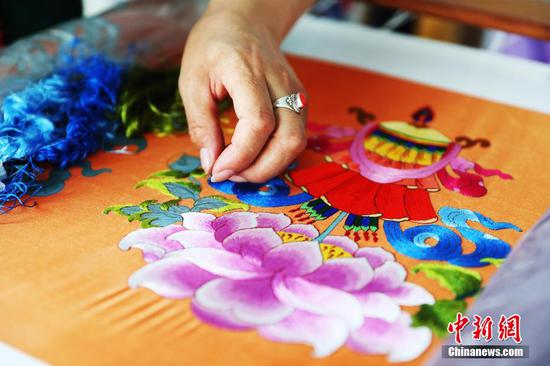






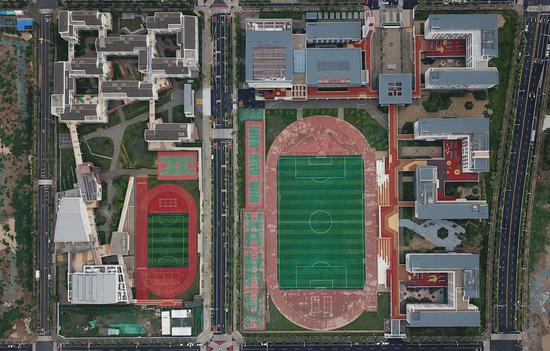

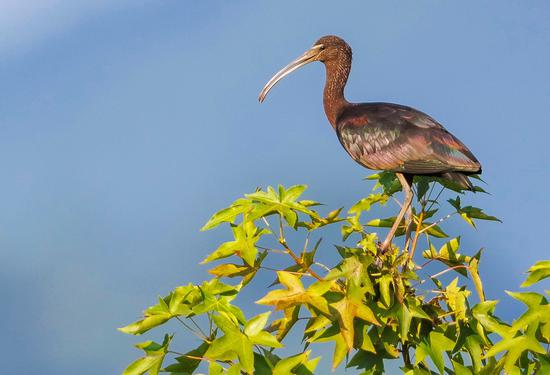


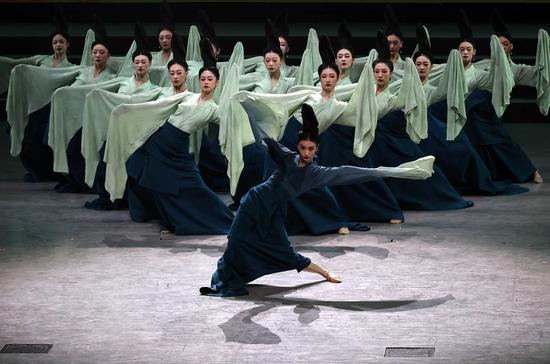

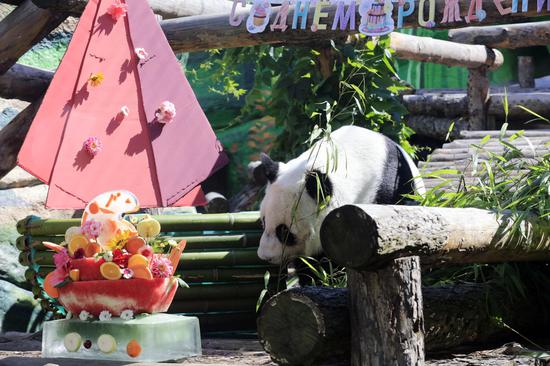

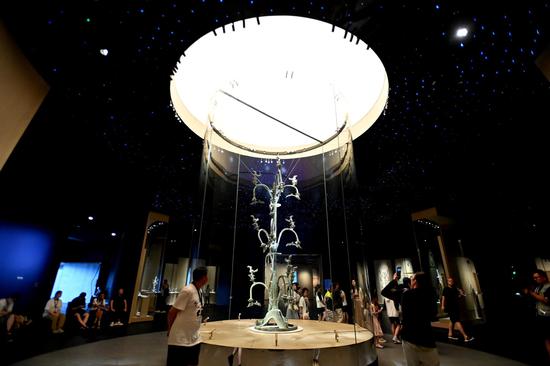




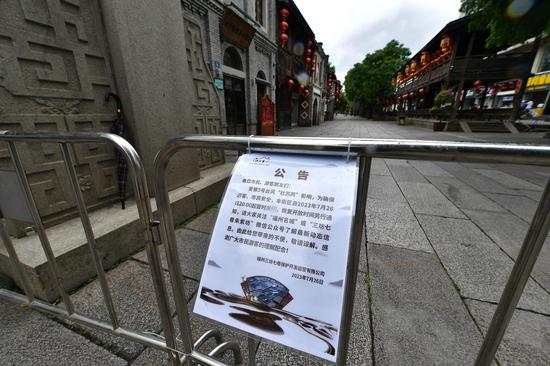






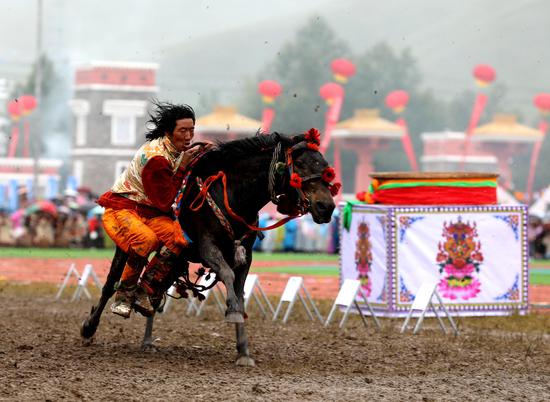


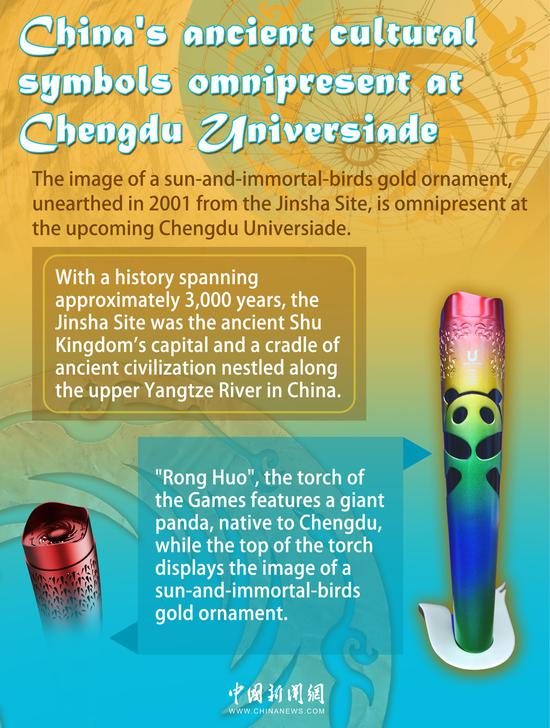

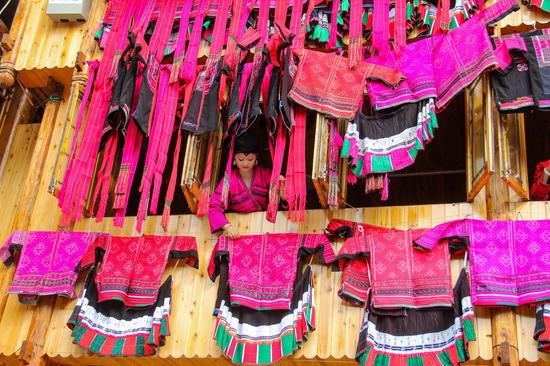






 京公网安备 11010202009201号
京公网安备 11010202009201号